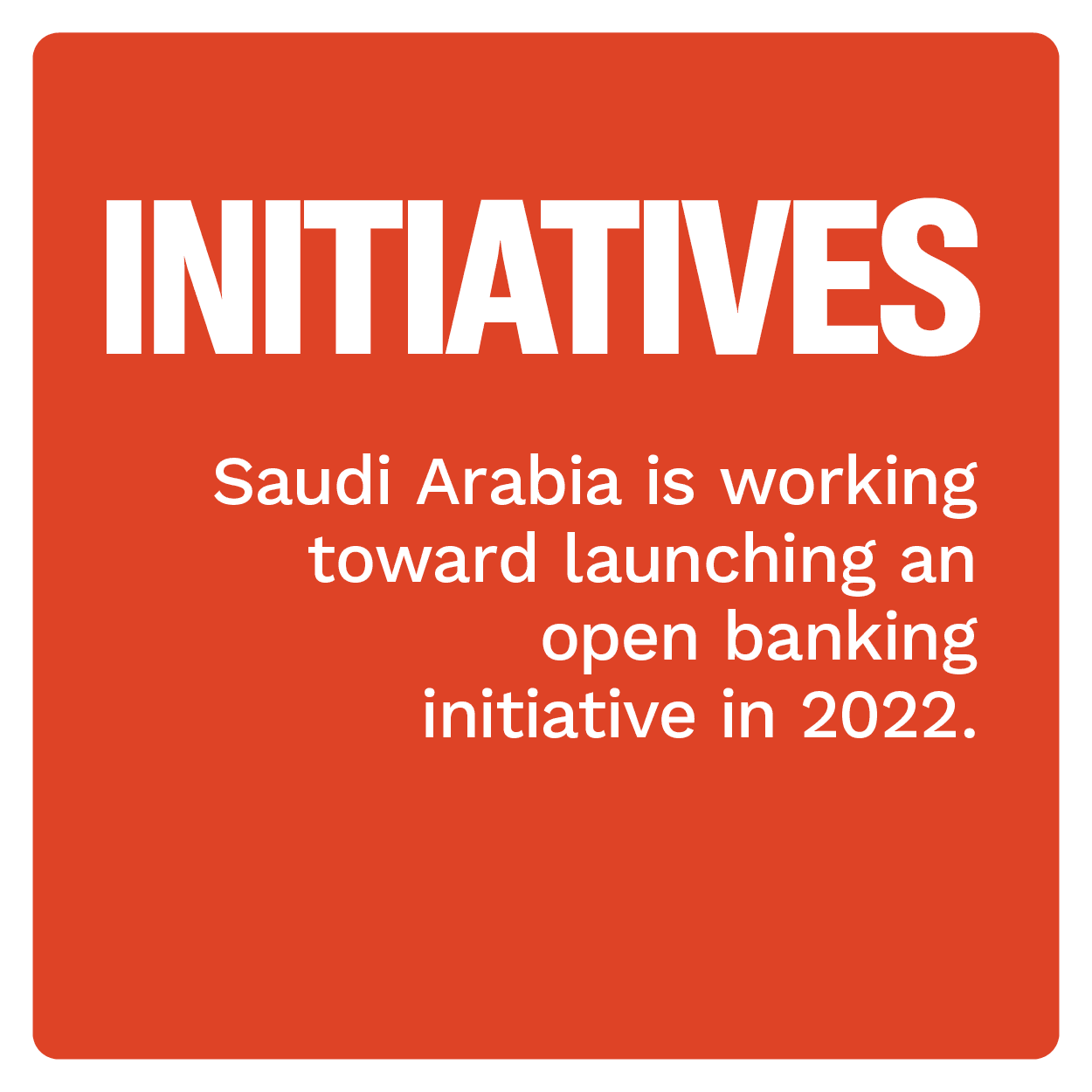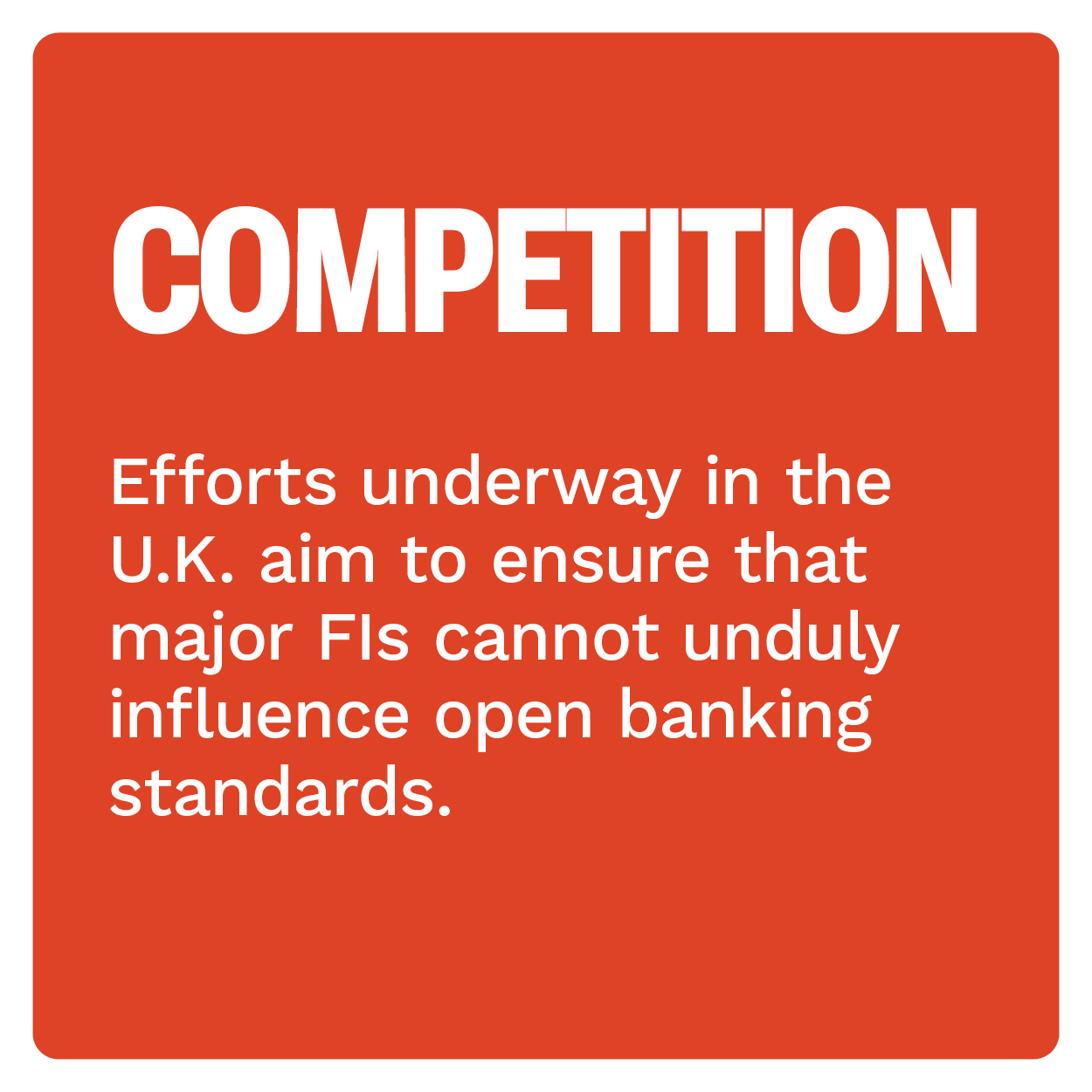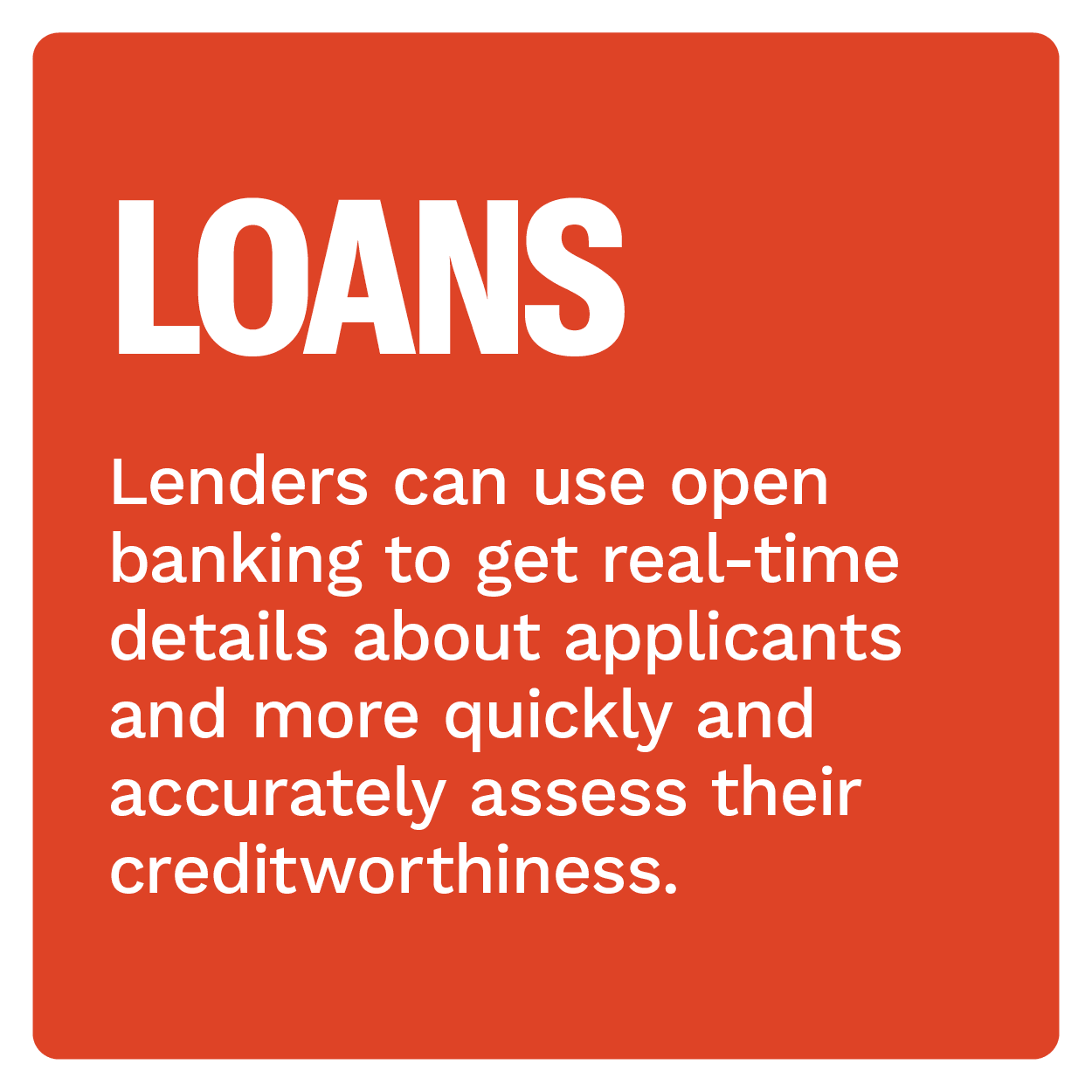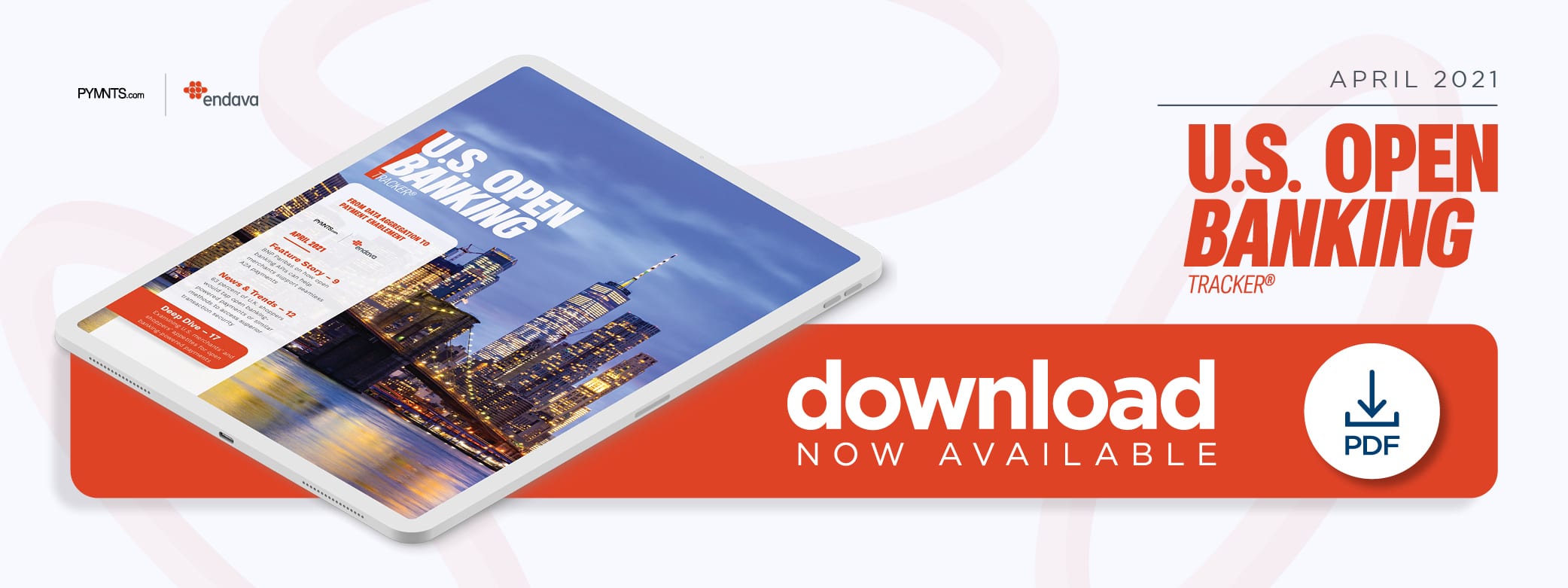BNP Paribas: Open Banking APIs Deliver An ‘Invisible’ Payment Experience

Open banking’s reach has expanded significantly since 2018 when financial regulators in the United Kingdom first required the nation’s largest banks to begin allowing FinTechs and other emerging players to access previously siloed data. Similar initiatives have since swept through additional markets worldwide, including the European Union (EU), Saudi Arabia and South Korea.
These initiatives work by requiring banks to share data through application programming interfaces (APIs), making it much easier for financial players of all sizes to create consumer-facing apps and services that can aggregate customers’ banking information into one holistic, easy-to-use interface. Such apps used APIs to access customer banking data almost 6 billion times in 2020, representing swift growth from the 67 million times this occurred in 2018.
Financial players are beginning to examine the implications of open banking’s connectivity due to such  growth, including how these APIs could be used to enhance the speed and efficiency of consumer payments to retailers. More banks or FinTechs are beginning to consider how open banking could be used to enable users to make account-to-account (A2A) or other payments to merchants directly from their bank accounts, for example. Doing so could provide significant benefits to merchants, especially those in markets where interchange fees on credit card transactions remain particularly high.
growth, including how these APIs could be used to enhance the speed and efficiency of consumer payments to retailers. More banks or FinTechs are beginning to consider how open banking could be used to enable users to make account-to-account (A2A) or other payments to merchants directly from their bank accounts, for example. Doing so could provide significant benefits to merchants, especially those in markets where interchange fees on credit card transactions remain particularly high.
In the inaugural U.S. Open Banking Tracker®, a collaboration with Endava, PYMNTS examines the development of open banking initiatives worldwide, as well as how financial institutions (FIs), FinTechs and other players are shifting their focus from data aggregation services to the enablement of alternative payment services. It will also focus on how open banking is emerging within the United States and what this means for payment innovation within this market.
Around The Open Banking Space
Merchants wishing to reap the benefits of open banking-supported payments must first wait for consumers to be persuaded to adopt them. Consumer interest in such payment methods does appear to be growing, fortunately, with one study finding 63 percent of U.K. consumers would be open to trying out new online payment options if those options provided greater transaction security. This includes those underpinned by open banking that allows for A2A payments directly from their bank accounts. Keeping a close eye on how consumers may be perceiving such payment solutions and how this interest could grow in the future could prove key for merchants.
U.K. regulatory authorities are also working to increase open banking’s reach in the market. More than 3 million U.K. consumers now utilize financial apps supported by open banking, for example. Its Competition and Markets Authority (CMA) is working to ensure smaller or emerging players can compete on equal footing with larger FIs as growth continues, seeking to replace the current Open Banking Implementation Entity (OBIE) with another group that would retain more independence from FIs. The OBIE is an interim organization first established in 2016 that was tasked with helping to establish the U.K.’s open banking software standards and industry guidelines. The CMA is currently seeking suggestions from industry players regarding either the replacement of the organization or its potential restructuring to make certain larger FIs do not exert undue influence when creating consumer-facing apps or services underpinned by open banking.
More countries are working to expand open banking initiatives within their own markets as payment needs continue to shift. South Korean financial regulator the Financial Service Commission (FSC) recently announced open banking’s expansion in the nation is now a top priority for 2021, for example. The country’s open banking initiative was initially launched in 2019 and it has worked to broaden its development over the past few years. The aim is to allow the country’s residents to be able to easily manage all their payment or banking needs within a single mobile app, according to the FSC. It will therefore focus on enabling more financial service providers to be able to access and share data from other banks.
to expand open banking initiatives within their own markets as payment needs continue to shift. South Korean financial regulator the Financial Service Commission (FSC) recently announced open banking’s expansion in the nation is now a top priority for 2021, for example. The country’s open banking initiative was initially launched in 2019 and it has worked to broaden its development over the past few years. The aim is to allow the country’s residents to be able to easily manage all their payment or banking needs within a single mobile app, according to the FSC. It will therefore focus on enabling more financial service providers to be able to access and share data from other banks.
For more on these and other stories, visit the Tracker’s News & Trends.
How BNP Paribas Is Tapping Open Banking To Support Merchants’ Need To Offer A2A, Instant Payments
Consumers are only anticipating faster and more convenient payment experiences as their comfort with swift, digital payment methods grow — meaning many may be starting to hunt for ways to pay outside of familiar card solutions. This is also coming as the availability of open banking solutions continues to spread across markets such as the European Union, giving merchants a key opportunity to match consumers’ growing need for quicker payments. Offering the option for shoppers to pay straight from their bank accounts instead of reaching for their cards is one way merchants could take advantage of such developments, explained Carlo Bovero, global head of payments at French bank BNP Paribas in a recent PYMNTS interview. To learn more about how BNP Paribas is working to open support for A2A payments for European merchants, visit the Tracker’s Feature Story.
Deep Dive: What Open Banking Could Mean For U.S. Retail Payments
Credit cards remain one of the more popular ways for U.S. consumers to make retail purchases, but these transactions come attached with substantial interchange fees for merchants. Finding alternative payment methods without such charges could provide key financial benefits to retailers, therefore — including A2A methods that are beginning to see more widespread use in other countries as open banking developments make such payments easier for consumers. U.S. consumers must be persuaded to give up their card payments in favor of these direct payment methods in order for merchants to take true advantage of the latter’s benefits, however, something that requires the continued expansion of open banking solutions within the country. To learn more about how open banking could come to impact the U.S. retail industry, visit the Tracker’s Deep Dive.
About The Tracker
U.S. Open Banking Tracker®, a PYMNTS and Endava collaboration, examines how open banking developments are affecting U.S. retail payment trends and future developments.
